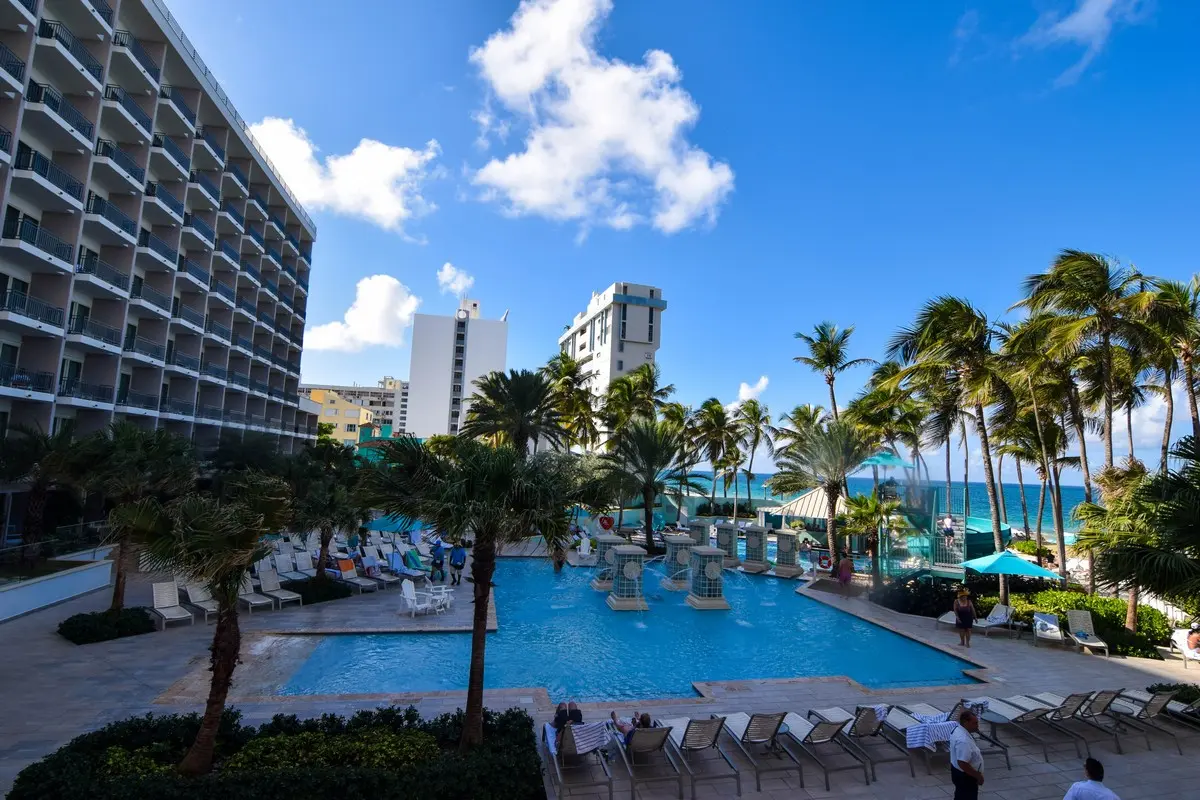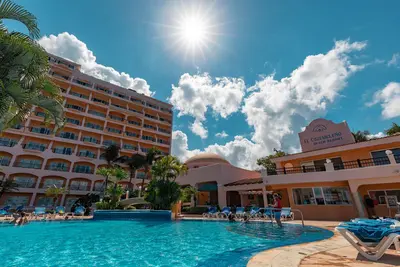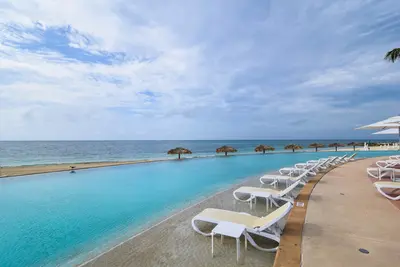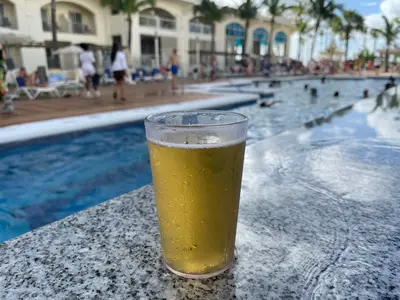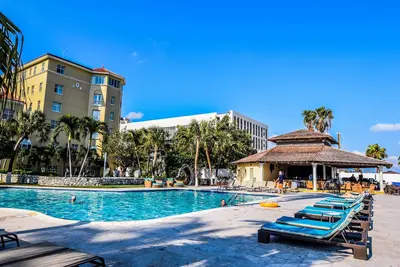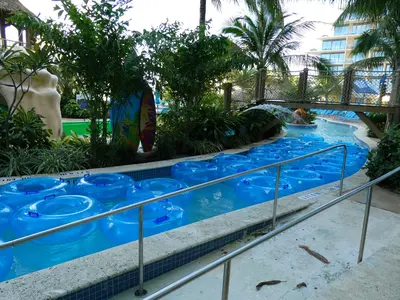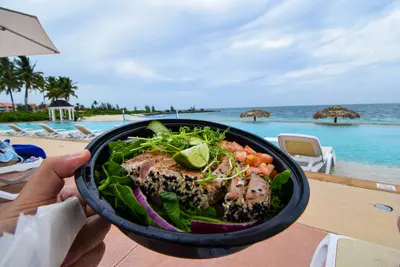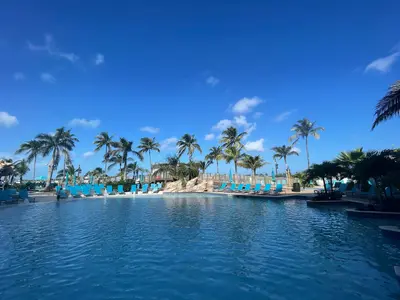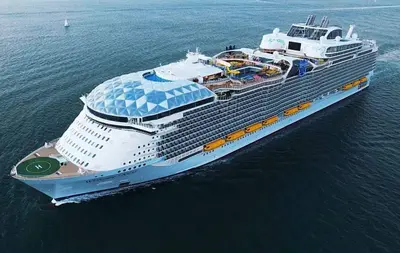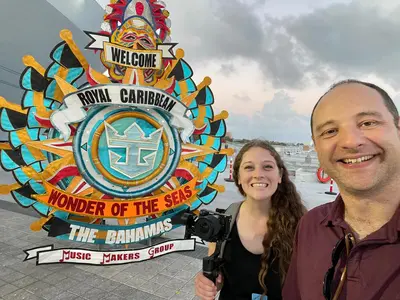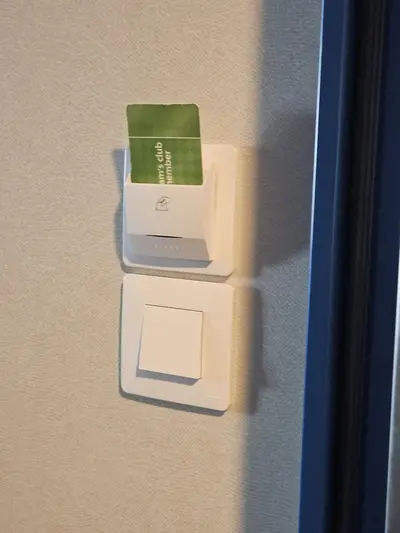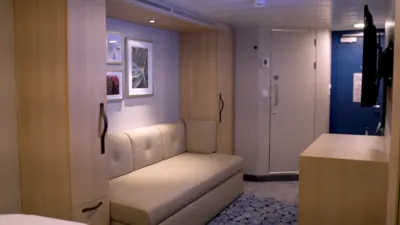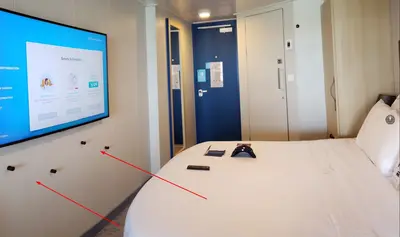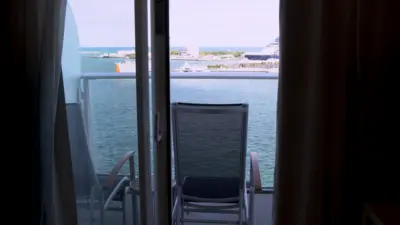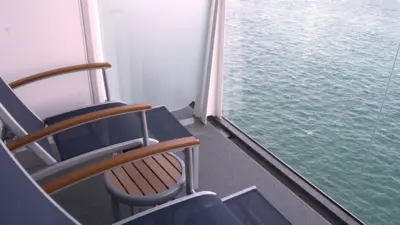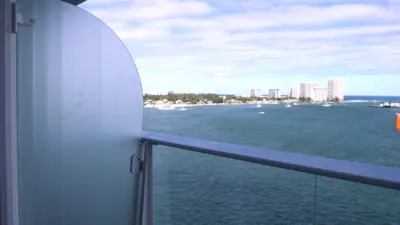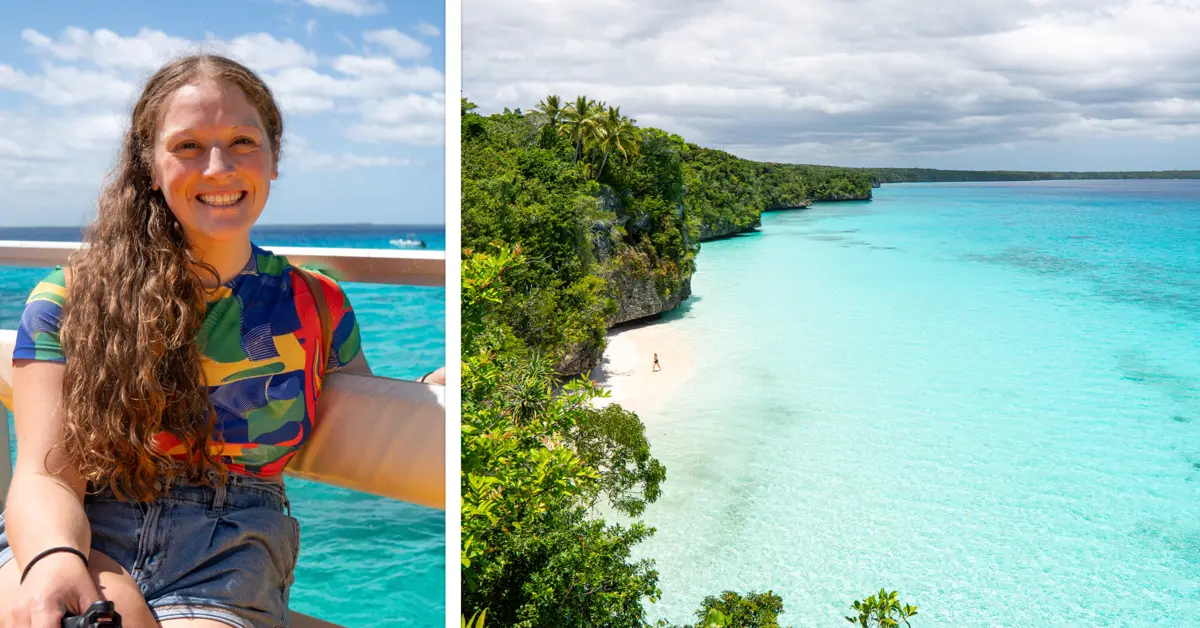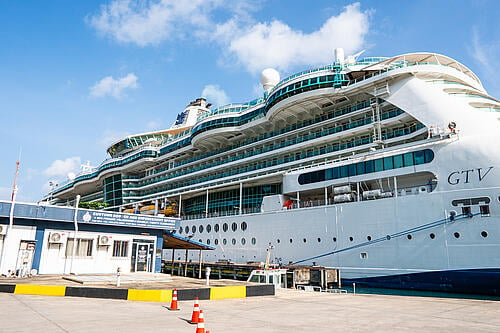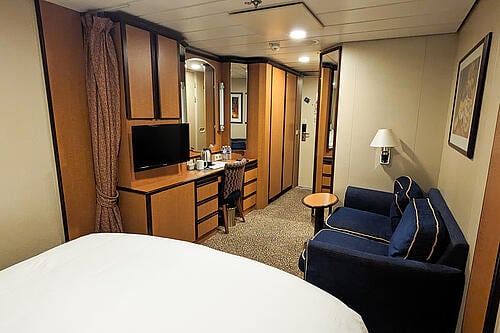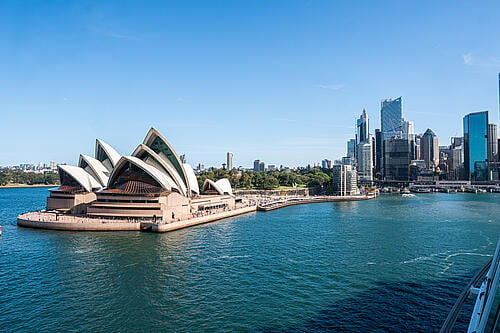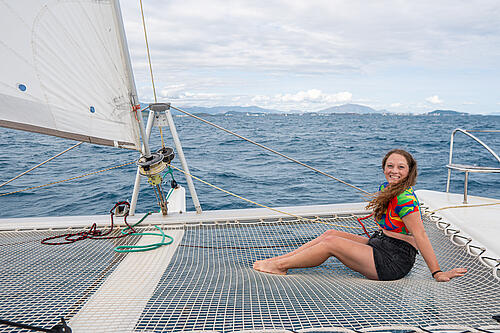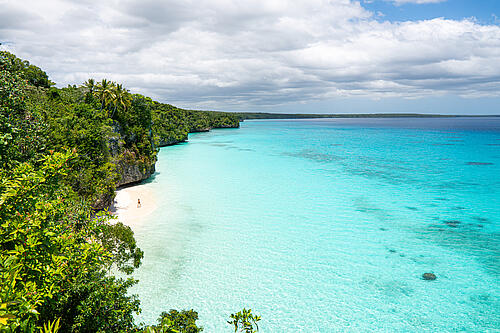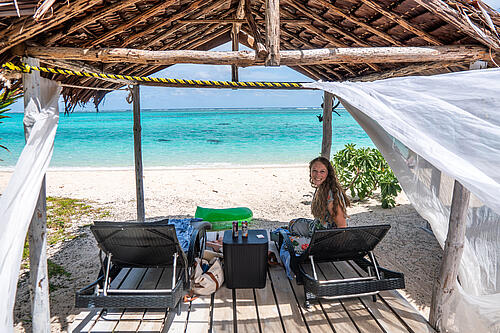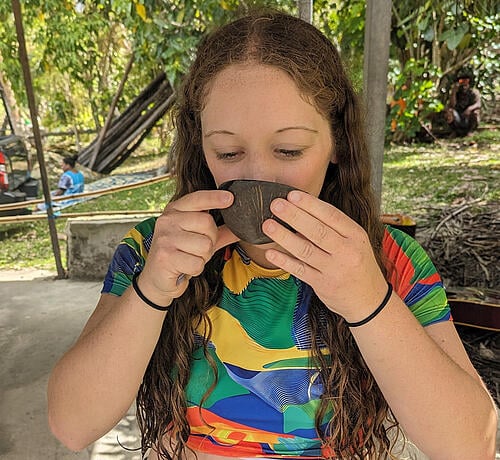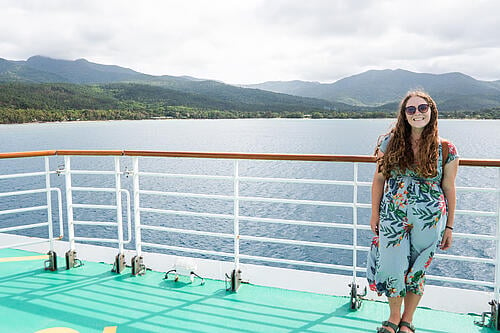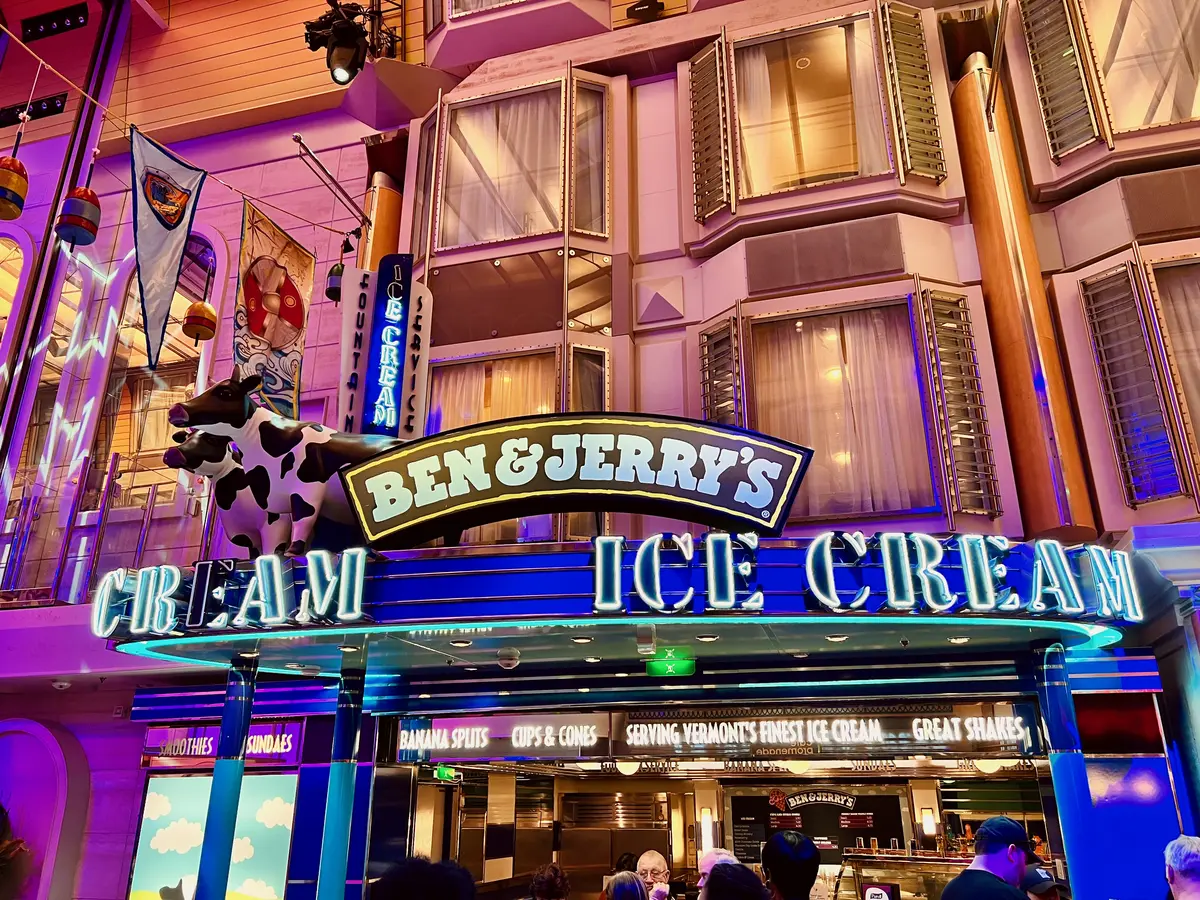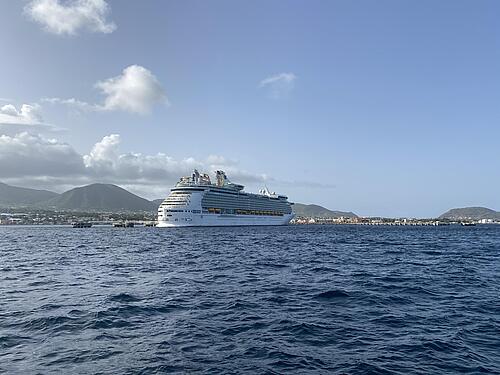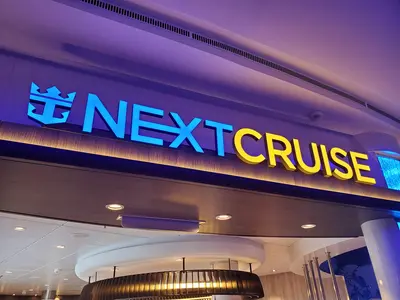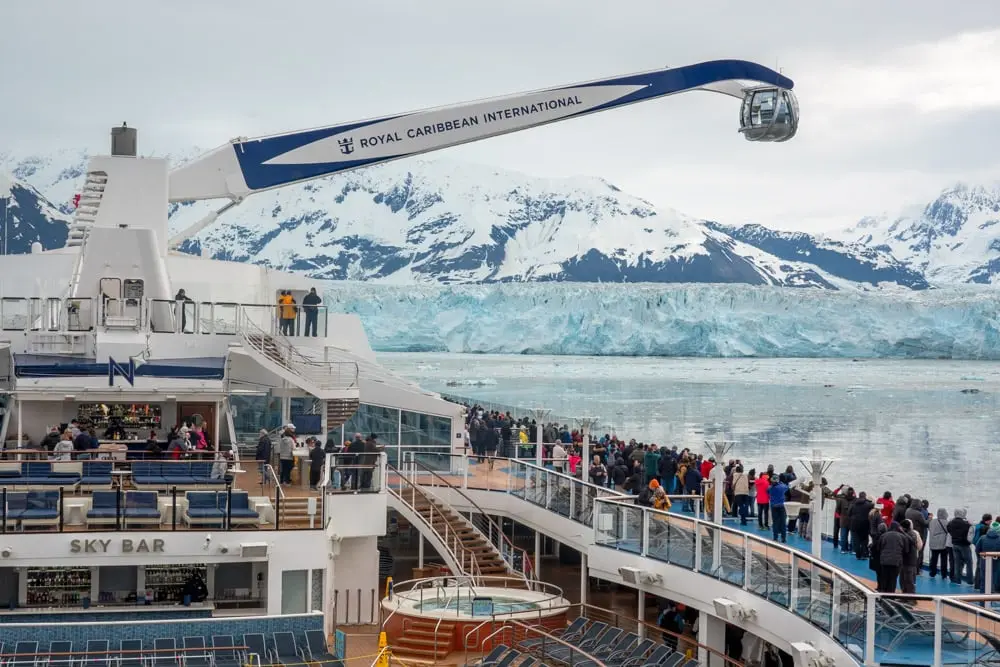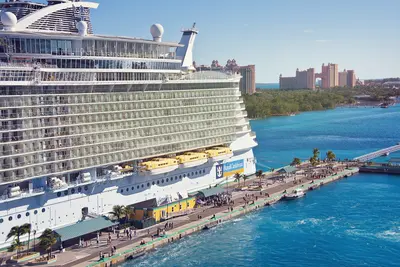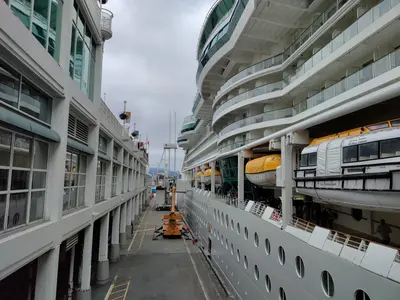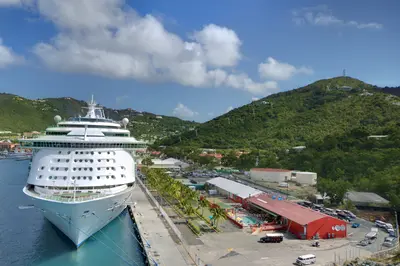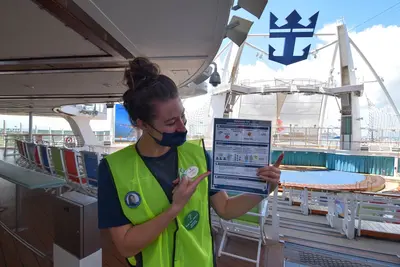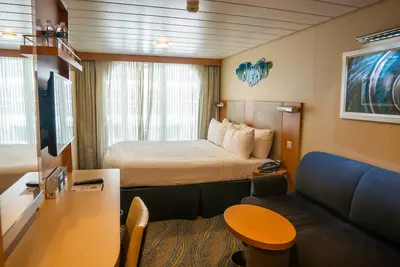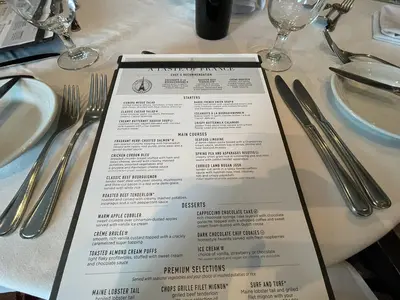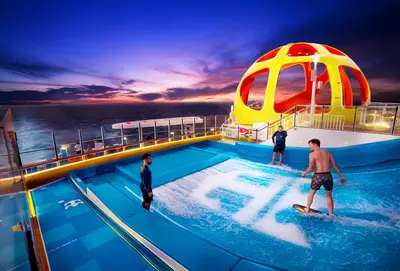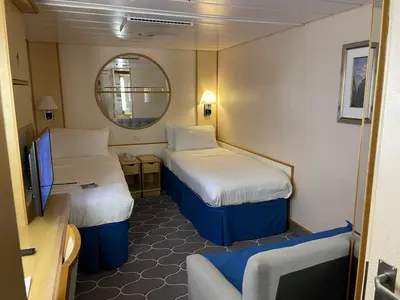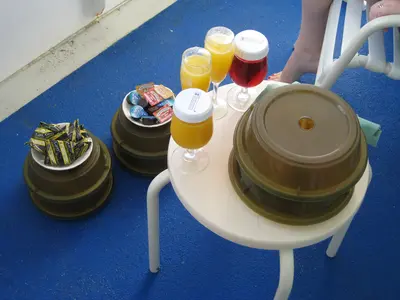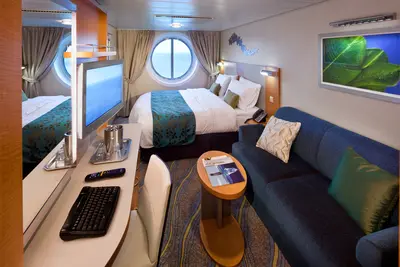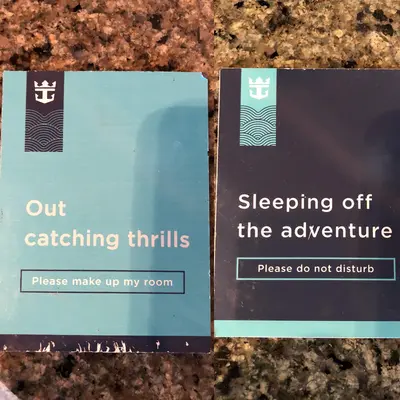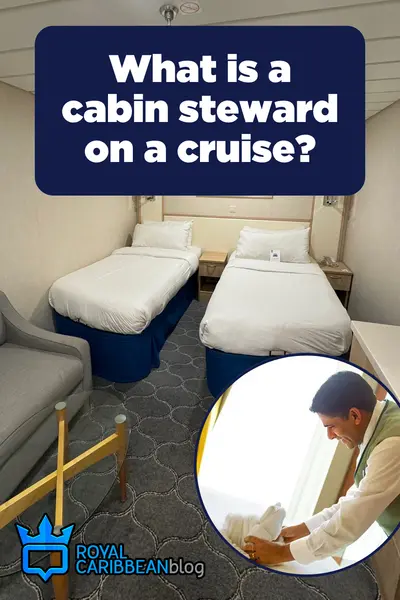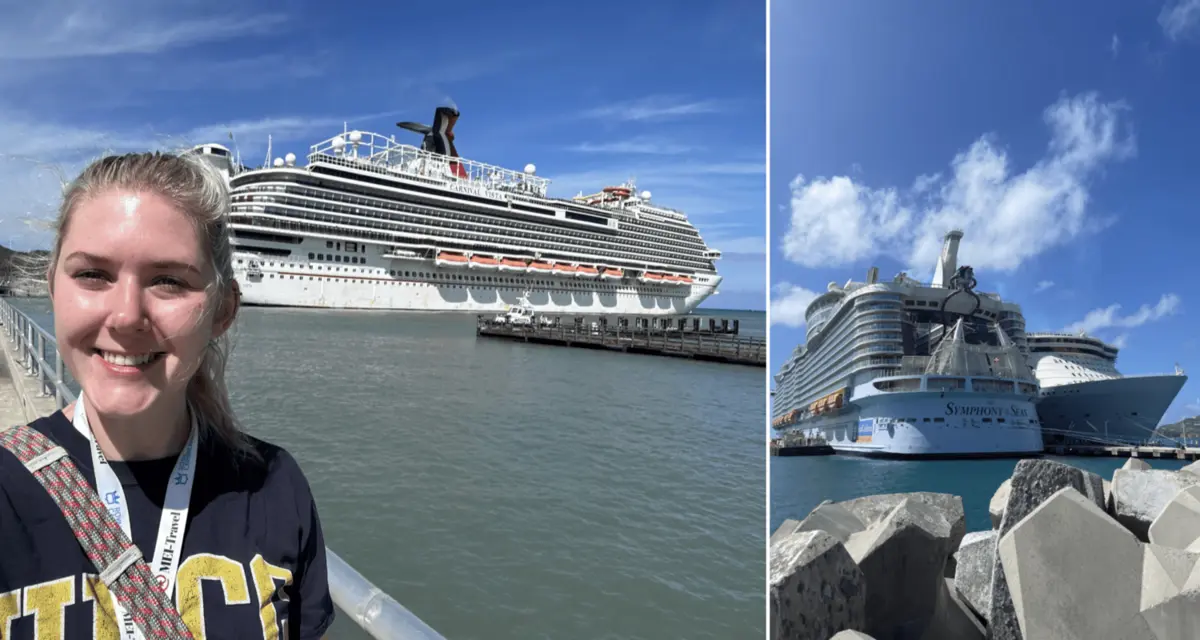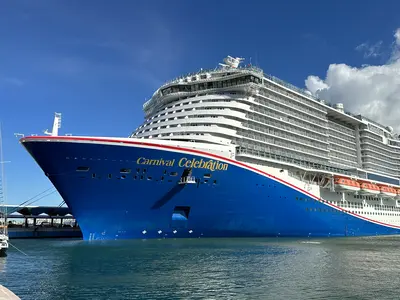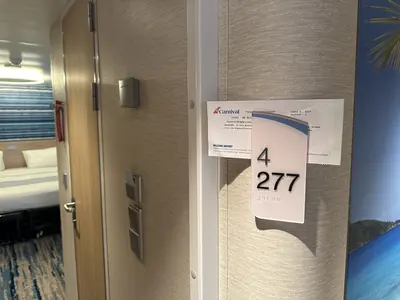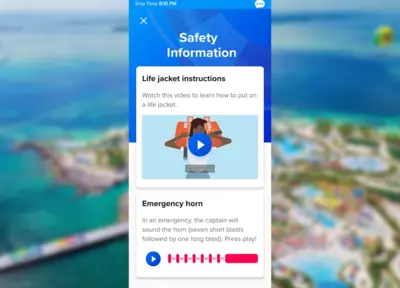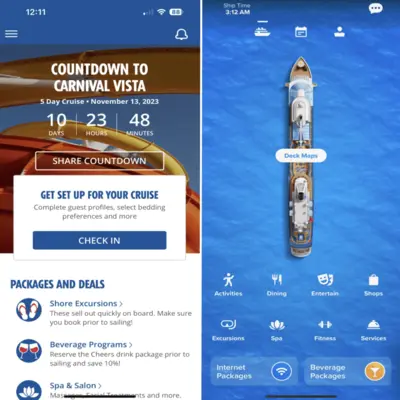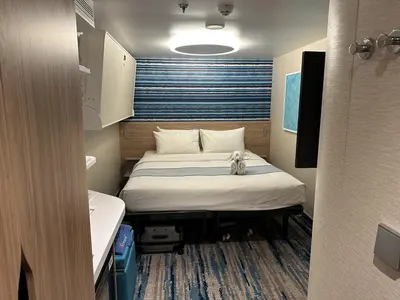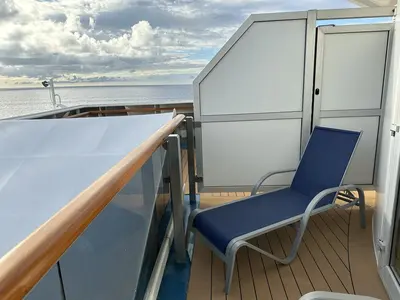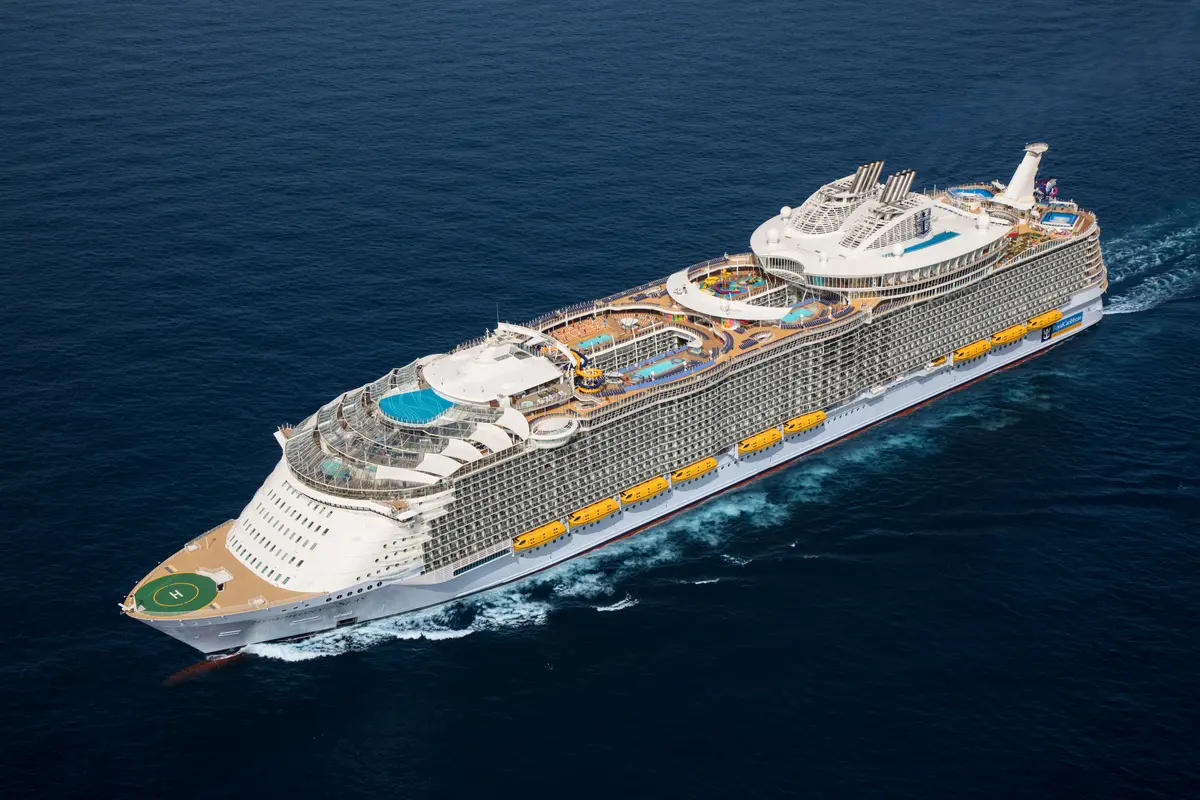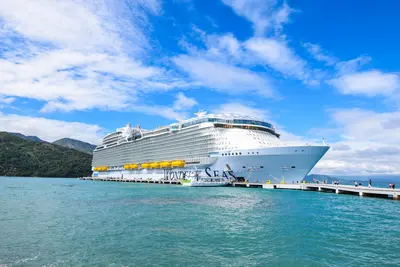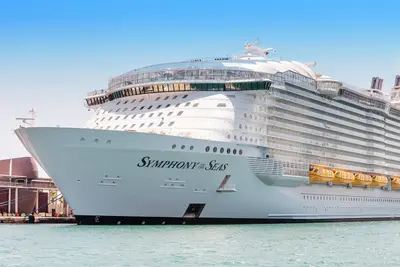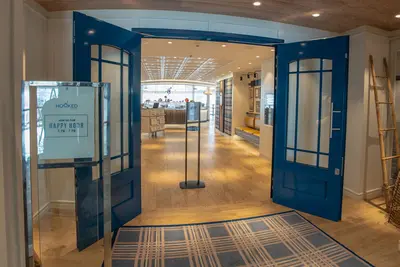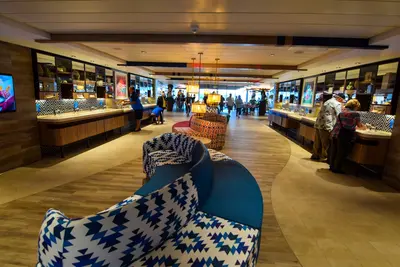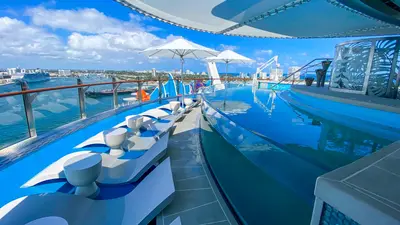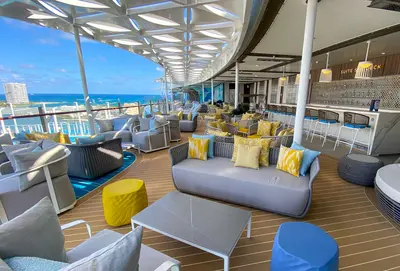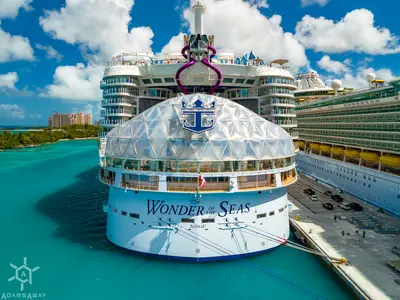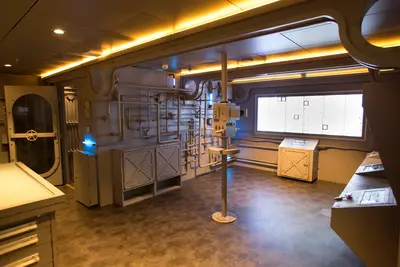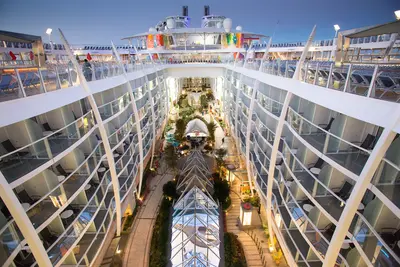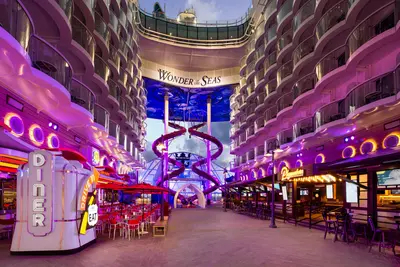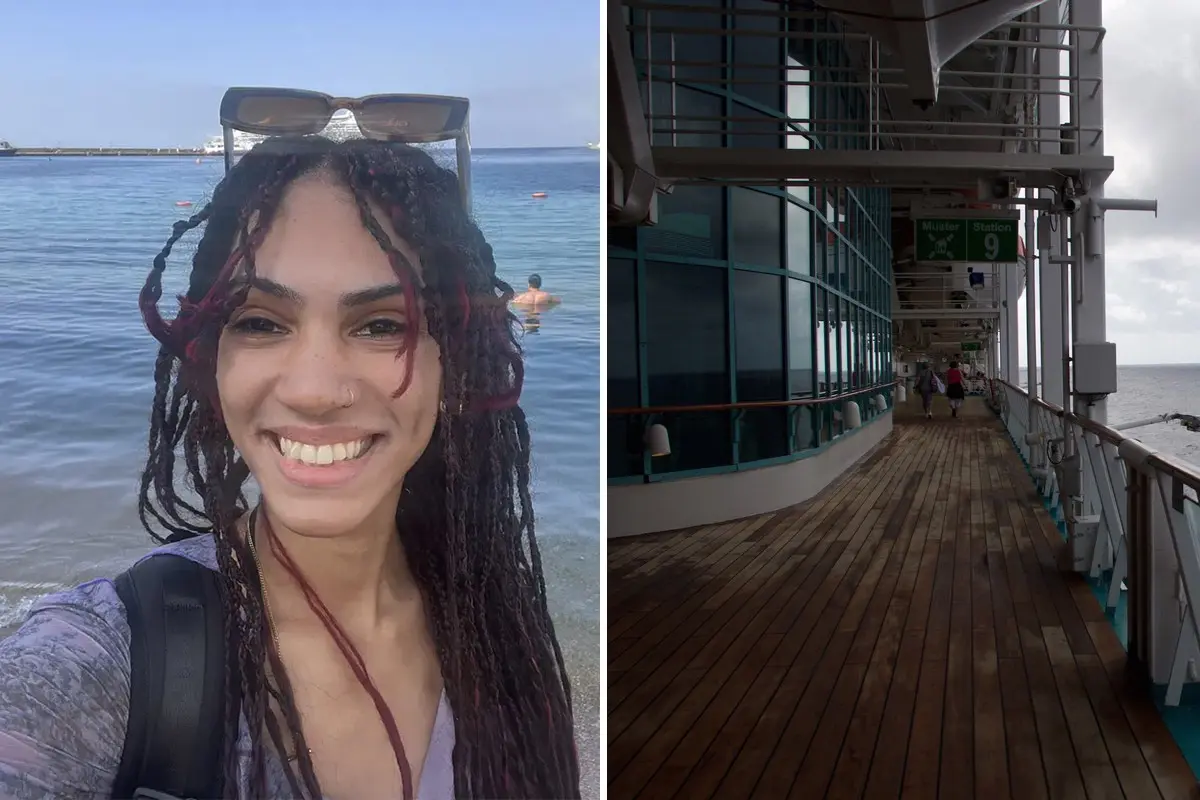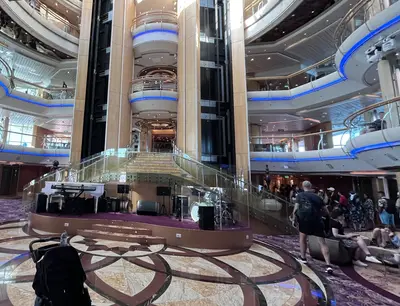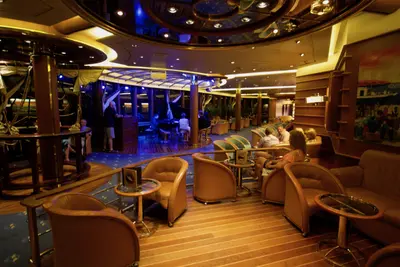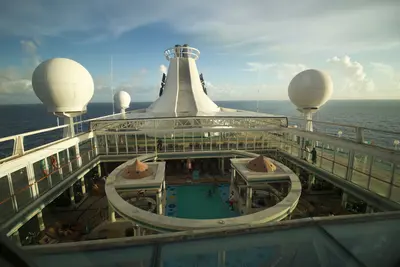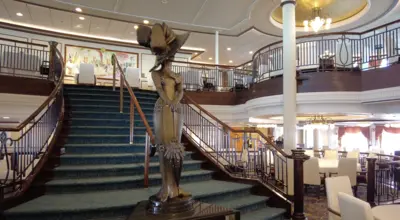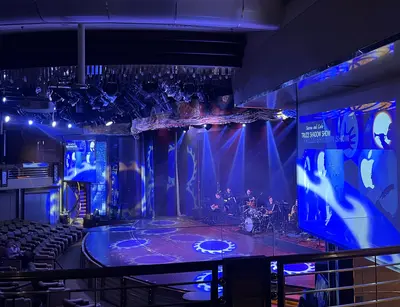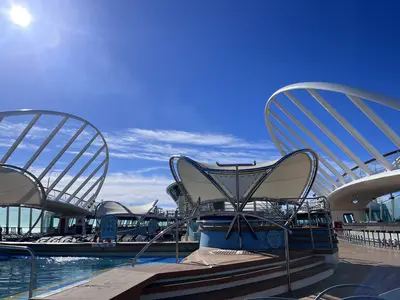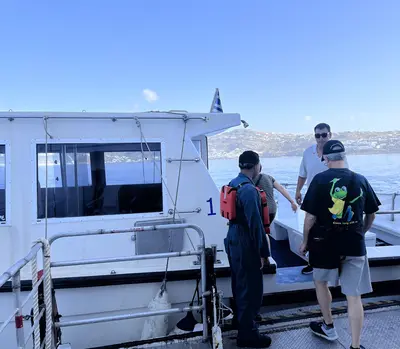The guide to Royal Caribbean status match
In:If you have a top status with Royal Caribbean's Crown and Anchor Society, you might be eligible to status match with another cruise line.
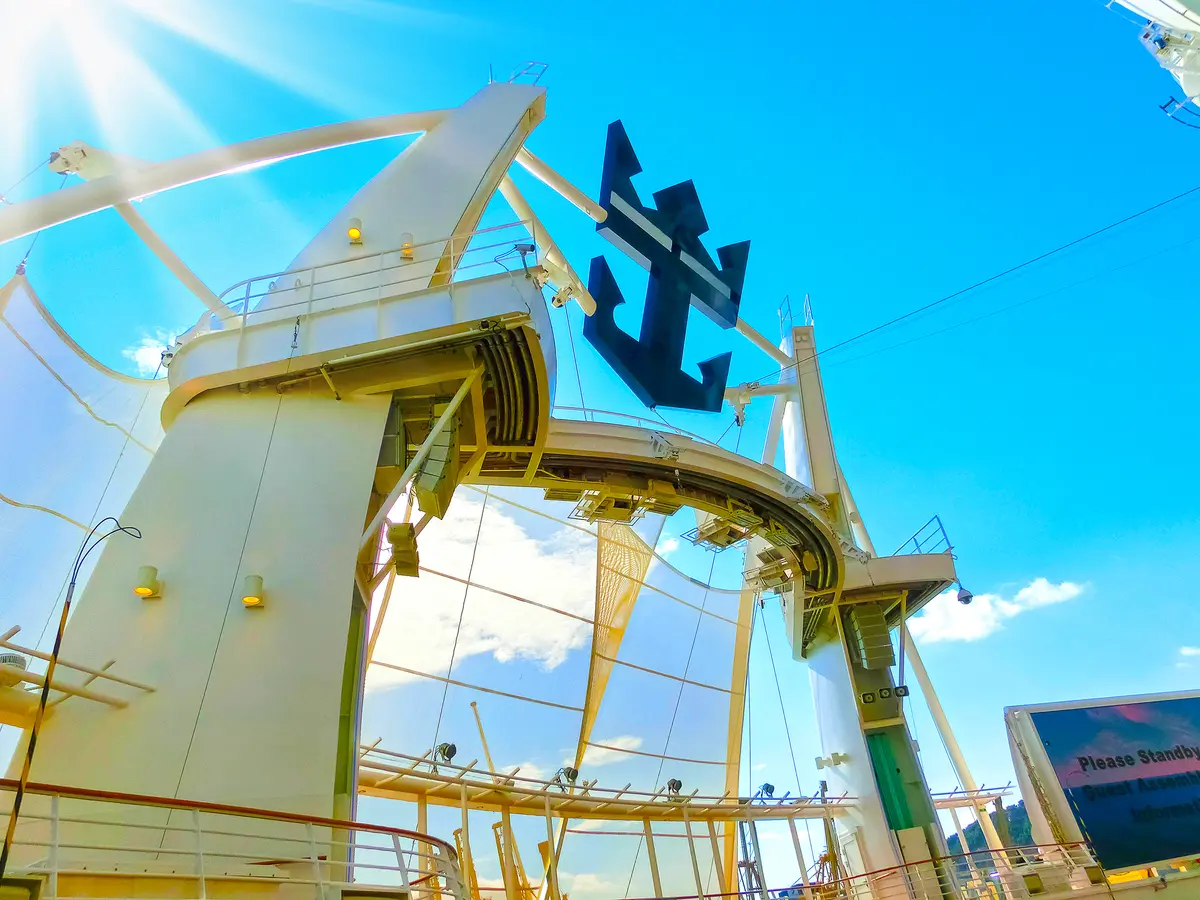
Unlike the airline industry, cruise lines don't offer a lot of status matching, but there are situations where it does exist, and it offers cruisers a way to instantly attain perks and benefits with another cruise line despite having never sailed with them in the past.
Because Royal Caribbean International and Celebrity Cruises are sister brands under the same corporate umbrella, there is some reciprocity between the two lines. Plus, there are ways to get benefits with other companies too.
Here are eight things you need to know before applying for a Royal Caribbean status match.
1. You can only get status match with one brand within the company
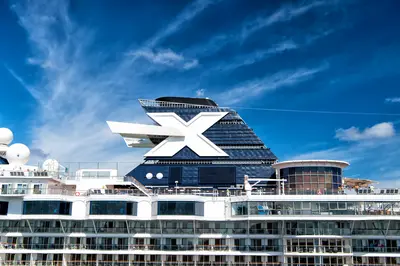
Royal Caribbean offers a status match with only Celebrity Cruises, but not Silversea Cruises.
The same applies to Celebrity passengers who wish to travel on Royal Caribbean.
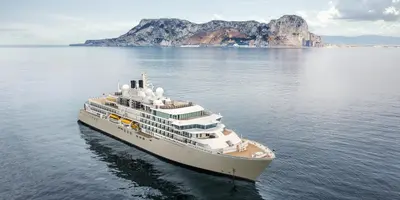
Silversea's loyalty program, Venetian Society, is a simpler program that does not have tiers. Likewise, Azamara no longer offers a status match with Royal Caribbean because the company was sold off.
There are other companies that will status match with Royal Caribbean, but that is covered later in this article.
2. You need to have certain status first
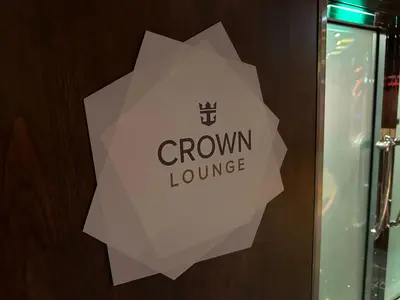
Before you can get a matching status with Celebrity, you need to make sure you qualify.
Crown & Anchor Society members who reach the Platinum tier in Crown and Anchor Society are eligible to get status matching in the Captain's Club at Celebrity Cruises.
3. You can't status match to the top tier
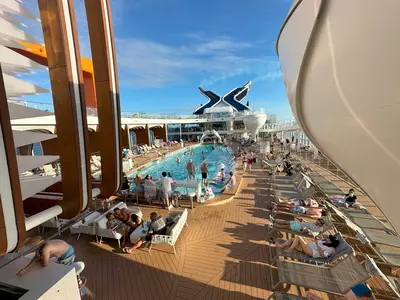
Depending on your level in Crown and Anchor Society, that will determine which level you get with Celebrity Cruises.
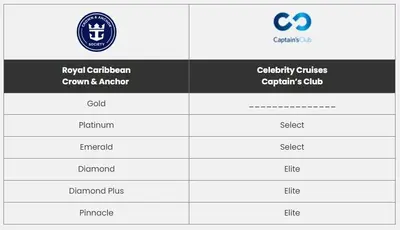
Platinum & Emerald members qualify to get Select Status in Captain's Club. That will get you benefits such as a 25% discount on internet packages, a 30% discount on photo packages, a 10% discount on spa treatments and priority status for the shore excursion waitlist.
Diamond, Diamond Plus, and Pinnacle Club members will get Elite Status with Celebrity, which gets you unlimited free drinks from the Captain's Club menu each day between 5 and 7 p.m. at most bars and lounges on the ship. It also gets you 30% off Wi-Fi packages, 40% off a digital or print photo package, $200 off The Studio photo packages, and 15% discount on a drink package or a premium drink package upgrade.
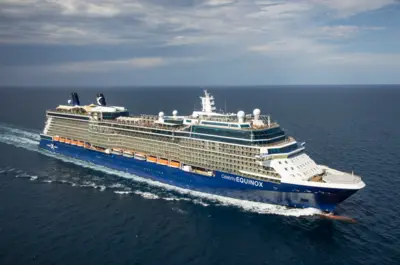
On Celebrity's Solstice or Millennium Class ships, being an Elite status member will also get you free access to the steam rooms, saunas and heated loungers in the Persian Garden spa zone on a port day of your choice.
Even if you reach Pinnacle Club with Crown and Anchor Society, you cannot status match to Celebrity's upper most tiers. The cap is Elite until you cruise enough to earn points on your own.
If you were a Diamond member with Crown and Anchor Society, in order to reach the next tier with Celebrity, you would need to earn at least 750 Captain’s Club points on your own. However, you would continue to receive Elite-level benefits through reciprocity until then.
4. You're eligible to status match at any time

In short, you are granted a status match that remains with you until you cruise enough to have points to move up to the next level.
Points are only earned on the cruise line being sailed. You only earn points in each respective program when you sail with that cruise line. Points can not be added or moved between programs.
This means even though you get a status with Celebrity, your point total will still be zero. So you'll need to cruise enough to move up to the next tier.
There is no time limit of when you can status match.
5. Applying for a status match is easy

Celebrity recommends anyone in Royal Caribbean’s Crown and Anchor program that is not enrolled in Celebrity’s Captain’s Club program should confirm enrollment before booking their cruise.
From experience, I can tell you it's not a problem to status match and then add it to an existing reservation.
In order to status match, you simply need to call Celebrity Cruises to request the status match. The agent on the phone will create a Captain's Club number and then do the matching for you.
6. You can status match with a casino

In addition to status matching with cruise lines, Royal Caribbean has an agreement with MGM Resorts.
For no extra cost, you can link your Crown & Anchor level and immediately take advantage of MGM benefits such as resort fee waivers, discounts on entertainment, and complimentary hotel upgrades.
The tier level you receive with MGM Rewards depends on your tier in the Crown & Anchor Society:
- C&A Gold = Sapphire status with MGM Rewards
- C&A Platinum = Pearl status with MGM Rewards
- C&A Emerald, Diamond, Diamond Plus, and Pinnacle Club = Gold status with MGM Rewards
To link your Crown & Anchor Society account with MGM Rewards, first make a free account on the MGM Resorts website. Next, contact an MGM Rewards representative through phone or email.
Let the representative know your Crown & Anchor Society number. They will contact Royal Caribbean to confirm your information and link you to the appropriate tier with MGM rewards.
7. MSC Cruises will status match your Royal Caribbean status

MSC Cruises is one of the few cruise lines that will status match your loyalty status with other rival lines, including Royal Caribbean.
There is no fee to do so but you need to complete the process at least 7-10 days before your first MSC cruise. The application for this is located on the MSC Cruises website and is easy to complete.
MSC will status match Royal Caribbean, Carnival, Disney, Celebrity, Norwegian and Holland America Line. They'll even status match hotel loyalty programs, including Club Med, Hilton, Hyatt, Marriott, Starwood, Fairmont, Expedia, and RIU.
Depending on your status with Royal Caribbean, the benefits will vary. One of our writers was at Emerald Status and qualified for Gold status with MSC, which got her one free hour in the thermal spa, a welcome back cocktail reception, and a complimentary MSC Voyagers Club drawstring bag.
One caveat to status matching with MSC Cruises is you may only apply for a status match one time. So you cannot do it again later if you were to move up through Royal Caribbean's tiers.
8. Virgin Voyages will give benefits to top tier Royal Caribbean cruisers
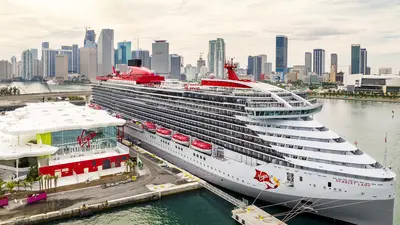
Diamond, Diamond Plus, Pinnacle Club members in Crown and Anchor Society are able to participate in Virgin Voyages' Experience Match offer.
These cruisers get immediate status in the Virgin Voyages program. As part of this, they are granted Sea-Rovers status, which includes the $100 Bar Tab Bonus through 2024.
Is a Royal Caribbean status match worth it?

Royal Caribbean's reciprocity with Celebrity Cruises makes it a smart choice for any cruiser looking to jump between the two lines and be able to enjoy extra perks.
While it would be better if Royal Caribbean and Celebrity had a joint loyalty program where cruises on either line earned you higher status (which is something the company is considering for the future), it's still great to have something to show for it.
Similarly, the free benefits you can receive with MGM, Virgin, or MSC Cruises means there's no reason not to status match with them either, although you'll want to hold off status matching with MSC until you're sure you wont move up higher anytime soon in Crown and Anchor Society.
The only caveat is you must take action before the cruise to get the status match done so it can be applied to your reservation. If you think about it once on the ship, it's too late.

